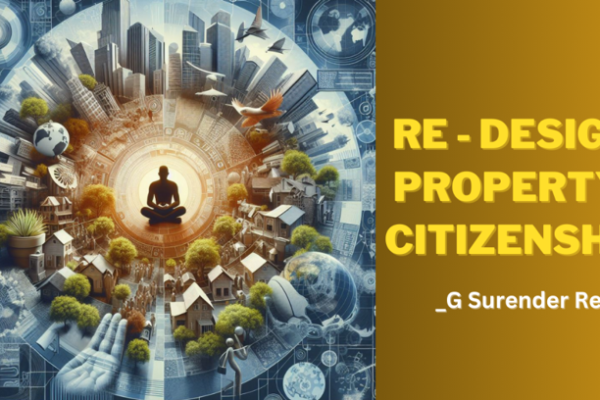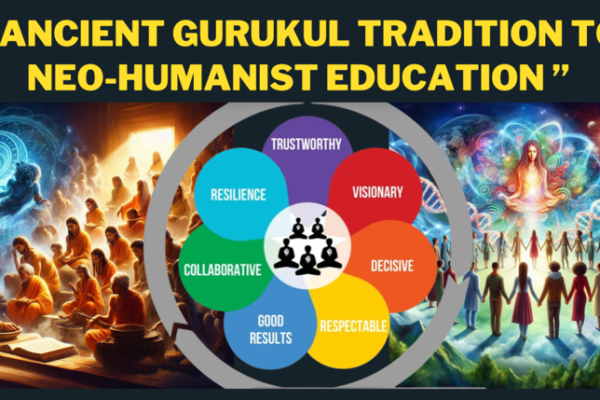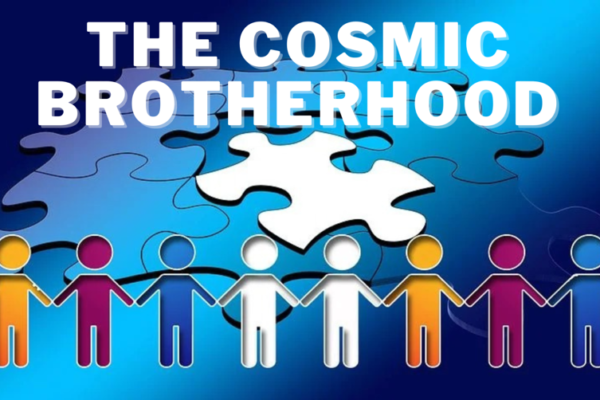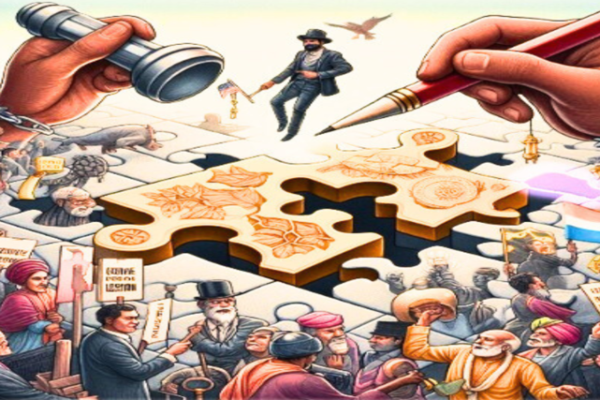– Mayank Dev
Artificial Intelligence (AI) has taken the world by storm, and it has become the talk of the town as it can do things previously unimaginable. Going forward artificial intelligence can have a tremendous impact on the World and how mundane things are carried out. With the release of ChatGPT, common people around the world now have access to some of the wonders that AI offers. Several monotonous and procedural works have now been taken over by AI. Some industry leaders though are expressing alarm at the rate at which AI is being developed and are spreading fears that it can lead to doom for humanity. They imagine something like what has been depicted in the Terminator movies in which machines take over humankind and human beings are subservient to them. Such views are a result of a very materialistic outlook of the world as these industry CEOs and leaders have no idea about the human mind and spirituality.
Let’s analyze how some of the primary artificial intelligence tools work. Artificial neural networks are a branch of machine learning models and are one of the primary tools used in artificial intelligence. An artificial neural network tries to imitate the human brain by learning from the data fed to it just like a child learns from sensory perceptions it receives from the world. An example would be if an artificial neural network is fed the image of a goat and then given the information that it is a goat, the next time this trained artificial neural network is asked about an image of a goat it will say that it is a goat. This is how children are taught by their parents and teachers. For example, they are shown an elephant in a zoo and told that it is an elephant. The next time the child sees an elephant, he or she will point at it and say, “Elephant”.
An artificial neural network model consists of an input layer of artificial neurons, one or more hidden layers, and an output layer of artificial neurons. The network is like a web of artificial neurons, something like a human brain. Weights and biases are associated with artificial neurons whose values are determined using a method called backpropagation with the aid of calculus. These weights and biases are adjusted during the training process of the artificial neural network such that the error (difference between output and desired output) is minimized. The lesser the error, the more accurate an artificial neural network. This way an artificial neural network is trained based on a set of inputs and desired outputs and is tuned such that it provides an output close to the desired output corresponding to a particular input.
Let’s analyze how the human brain and mind work as described by Shrii Shrii Anandamurtiji in his books. It is to be noted that the brain and mind are not the same according to Yogic science. The brain is just a worldly tool that the human mind uses. Human beings perceive the world around them using their five senses – touch, smell, taste, sight, and hearing. When perceiving an object using the sense of sight, waves travel from an external object to the eyes and then through the optic nerves to the nerve cells which transmit signals to the brain. The neurons in the brain vibrate accordingly and part of the mind takes the shape of the external object. This objectivated part of the mind is called Citta. The part of the mind that perceives the external object formed in the Citta is called the “Doer I” or Ahamtattva. Perception will not happen if human beings do not have the feeling that they exist. The layer of the mind that has the feeling of existence is called the “existential I” or Mahattatva. Behind all these layers of the mind is the witnessing entity or “knower I” (Atman/consciousness). The collection of all Atmans in this cosmos is Paramatman or Supreme Consciousness. The goal of spiritual practices is to merge one’s Citta into Ahamtattva, Ahamtattva into Mahattatva, and Mahattava into Atman, and finally into Paramatman.
Now that we have described how the human brain and mind perceive the external world as per the teachings of Shrii Shrii Anandmurti ji, let’s look at how the human mind recollects something. The vibrations of external perceptions remain in the neurons of the brain for some time although after some time they start fading. The mind takes the help of the vibrations in the brain to recollect a perception. One can recollect what one ate for lunch after five minutes but if one is asked about it after two days the mind will have to labor hard to recollect what one ate. This is because the vibrations in the brain fade over time or are replaced by other vibrations although these perceptions are stored in the Citta layer of mind as Samskaras or reactions to actions we perform in this world. Through spiritual practice, one can recollect past events even though those vibrations may have faded from the brain. Hence, artificial intelligence can be superior to the human brain due to the small number of neurons we have in our cranium. Artificial intelligence tools can be trained on a humongous amount of data and tap into a knowledge bank which is not humanly possible.
Even though the human brain has limitations and AI could potentially do many things that a common man cannot do, the human mind has infinite potential. It can never be subservient to artificial intelligence. The human mind is composed of the conscious mind (wakeful state), sub-conscious mind (dream state), and unconscious mind (sleep state). The unconscious portion of the human mind is the repository of all knowledge of this Universe and spiritualists can tap into it through deep meditation. They can gain knowledge through intuition by tapping into this layer of the mind which machines powered by AI are not capable of. The movement of knowledge from the unconscious mind to the subconscious mind to the conscious mind is called intuition. Intuition develops through the power of concentration. Oftentimes it has been seen that when scientists concentrate on a problem, they suddenly find the solution to the problem due to this same phenomenon. Machines will never be able to have intuition and cannot tap into the infinite resources that human beings have access to through spiritual practices. Of course, at the beginning of their evolution, human beings are materialistic and do not have this ability, but they can develop this ability through spiritual practices.
Another thing that machines will always lack is Viveka or conscience. Viveka lets human beings distinguish between the path of benevolence and malevolence. If one follows one’s Knower I or Atman, one will never tread on the path of malevolence. Machines lacking an Atman cannot have conscience although they can be tuned to be benevolent or malevolent at the whim of the person programming them. They can be programmed to demonstrate some kind of ethics, but they will be completely at the mercy of the one programming them. If they get into the hands of bad people, they can cause tremendous harm to humanity as they will always lack the conscience to decide what is wrong or right. Human beings on the other hand can be ever inspired by the eternal consciousness which is beyond the relativities of time, space, and person. Human beings revolve around the Supreme Entity and have the ability to achieve Godhood through spiritual meditation and service to humanity.
So really AI can never enslave human beings due to the superiority of the human mind. In fact, the scary part is AI in the hands of Capitalists. With the increase in productivity because of automation enabled by AI, capitalists have another tool to exploit people. Capitalists are using the increase in productivity enabled by AI to lay off people. They are motivated by the fact that AI helps them use fewer people for the same output and increase their profits. Therefore, several people will be without jobs in the future due to automation caused by AI in a Capitalistic setup. Additionally, Capitalism does not have moral leadership and AI can easily be misused by wicked people in a Capitalistic setup. PROUT on the other hand will use AI in a benevolent way. Sadvipras or spiritual leaders will be leading human society in a PROUTistic setup. PROUT advocates for a reduction in work hours with an increase in automation and productivity. This will help people have more time for spirituality, sports, arts, and other pursuits. Additionally, in a society guided by spiritual leaders, technology will be kept away from people with malevolent intentions so that they cannot use AI against humanity. Therefore, AI is not the real problem. The problem is who has control over AI. AI can be used to do wonders for human society and free humans from a lot of mundane tasks to pursue higher goals. Human life is short; therefore AI can enable people to follow their true dharma better, that is know who they really are through spiritual practices by freeing up time for them. All the talk about the dangers of AI is a result of a very materialistic and myopic view of the world of a set of people who cannot understand spirituality and the human mind.





